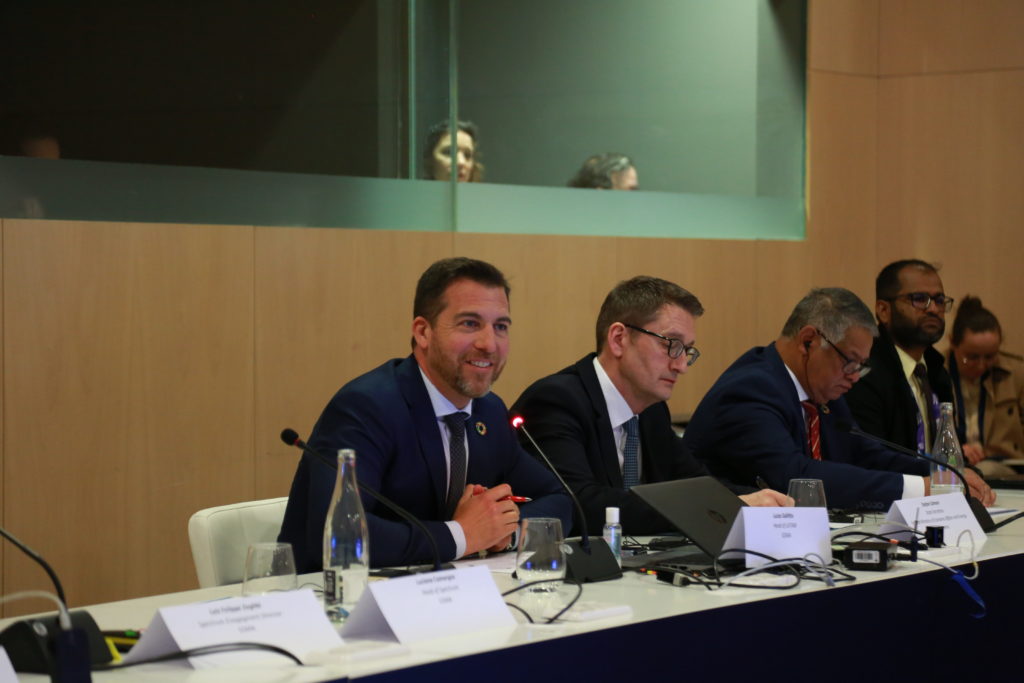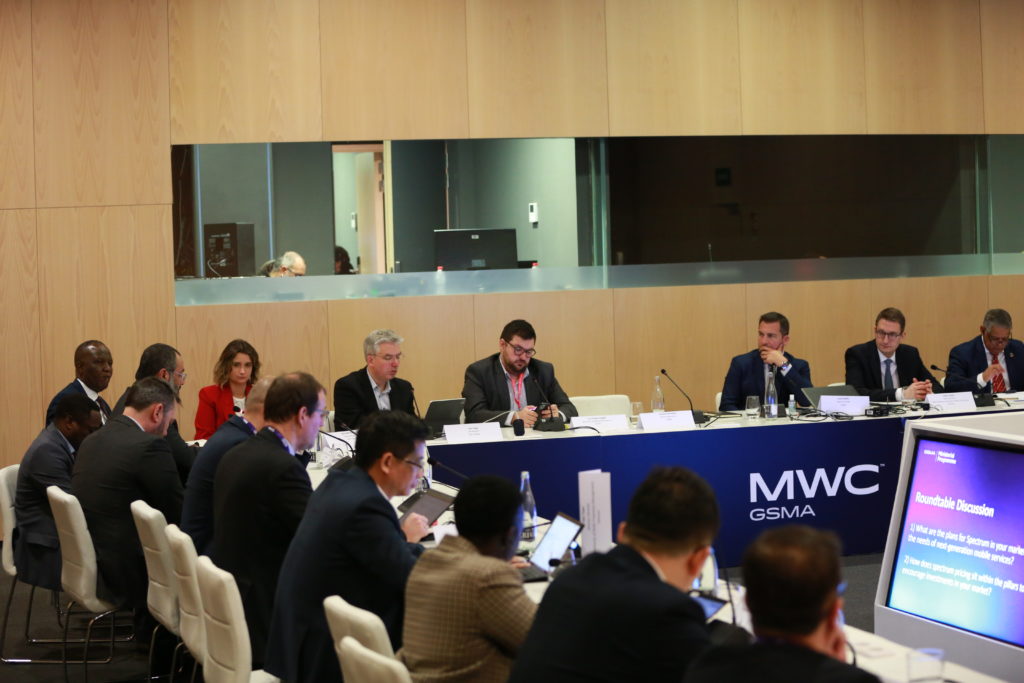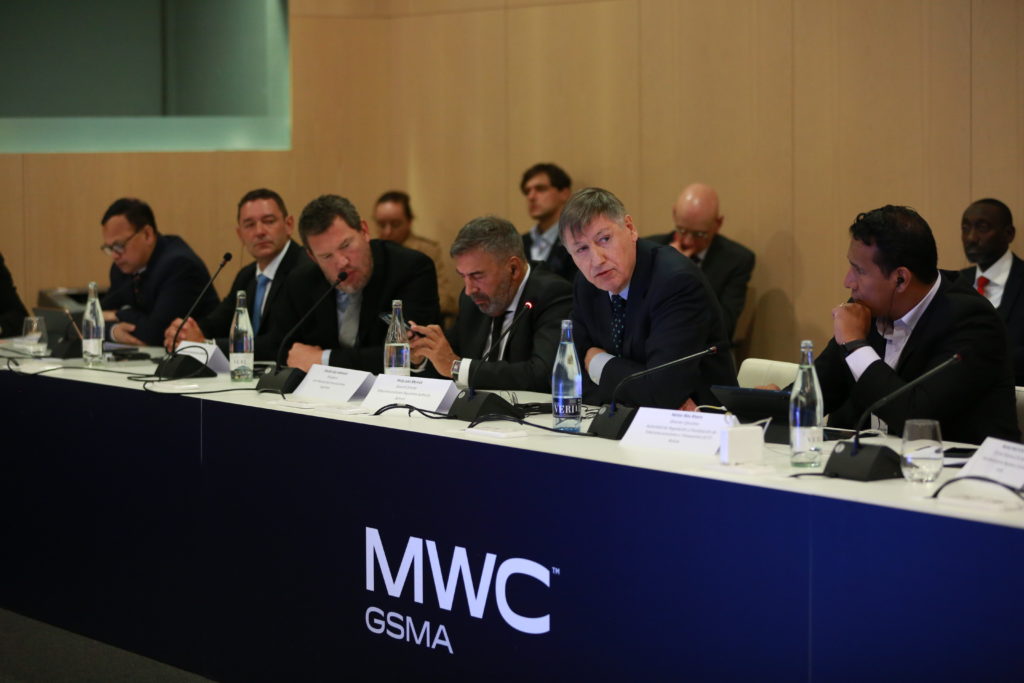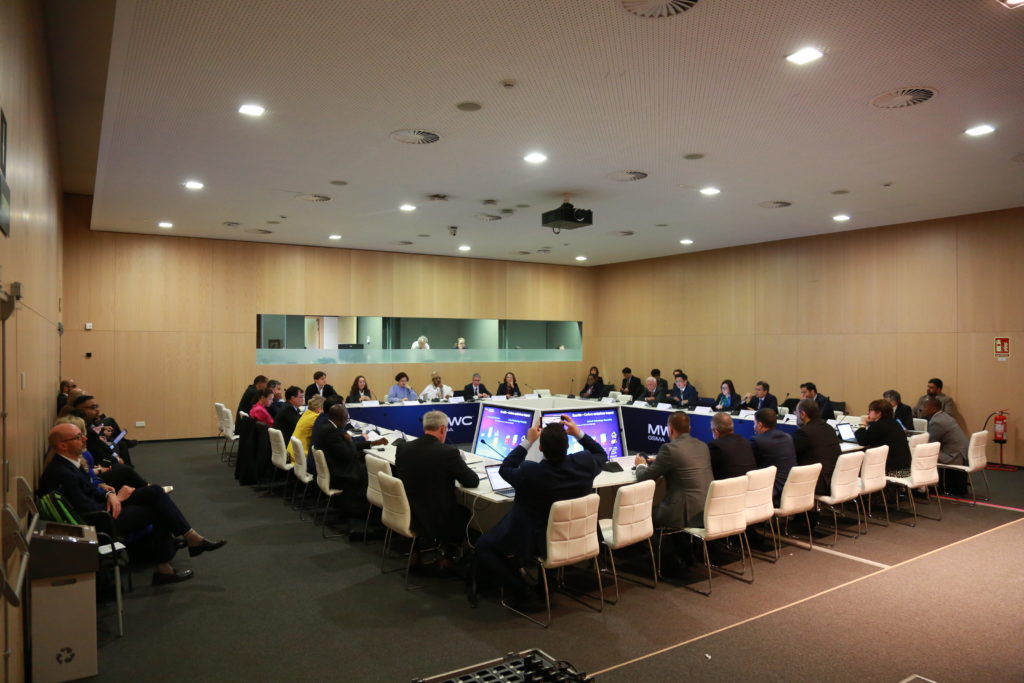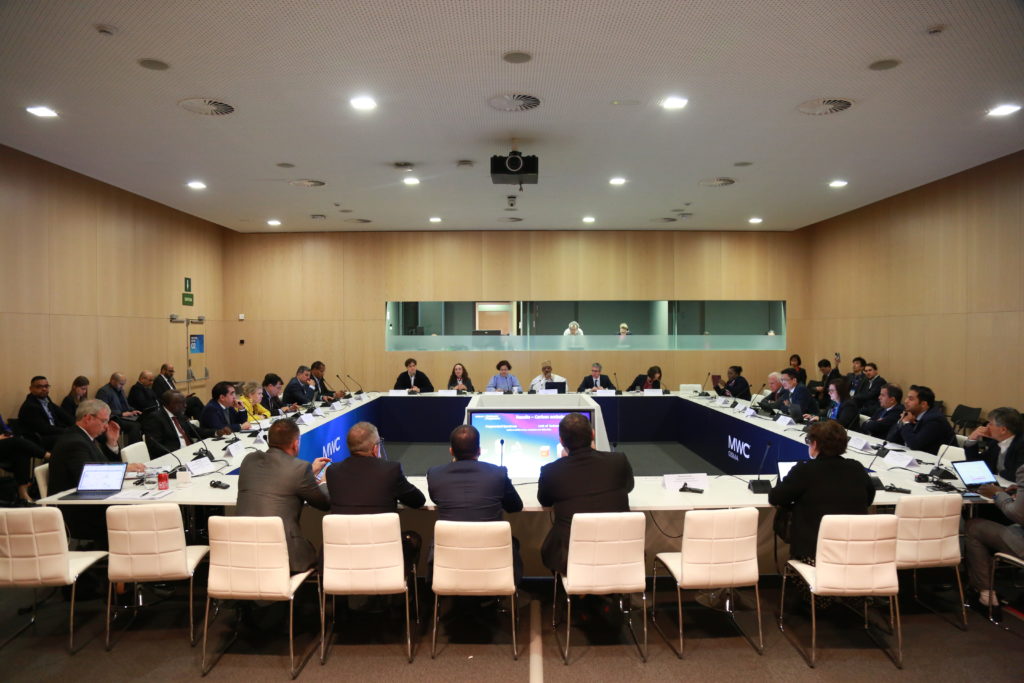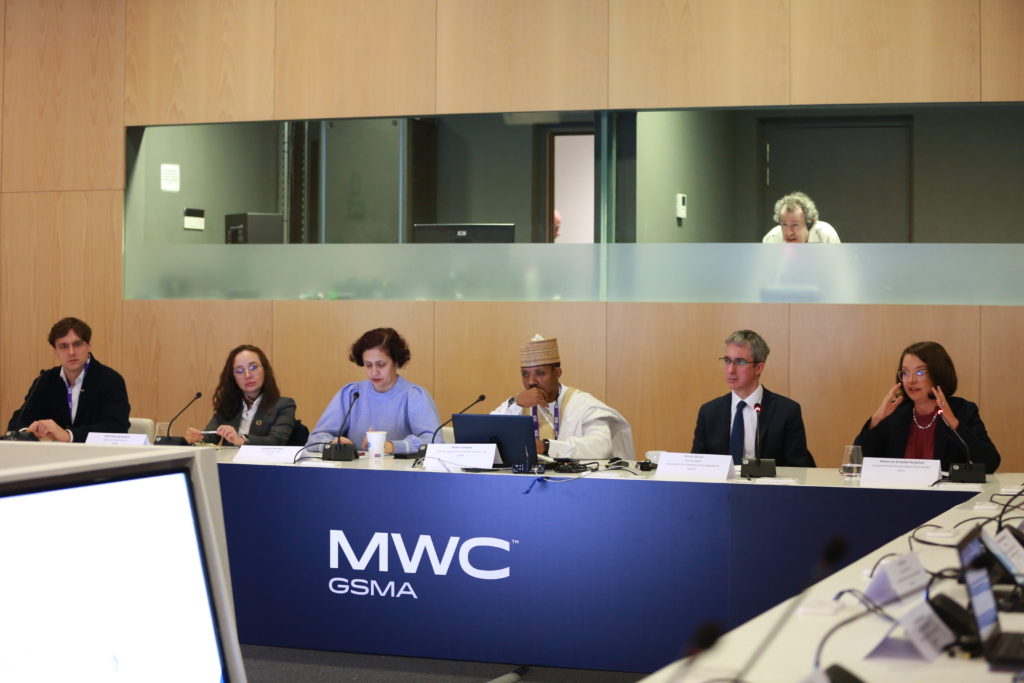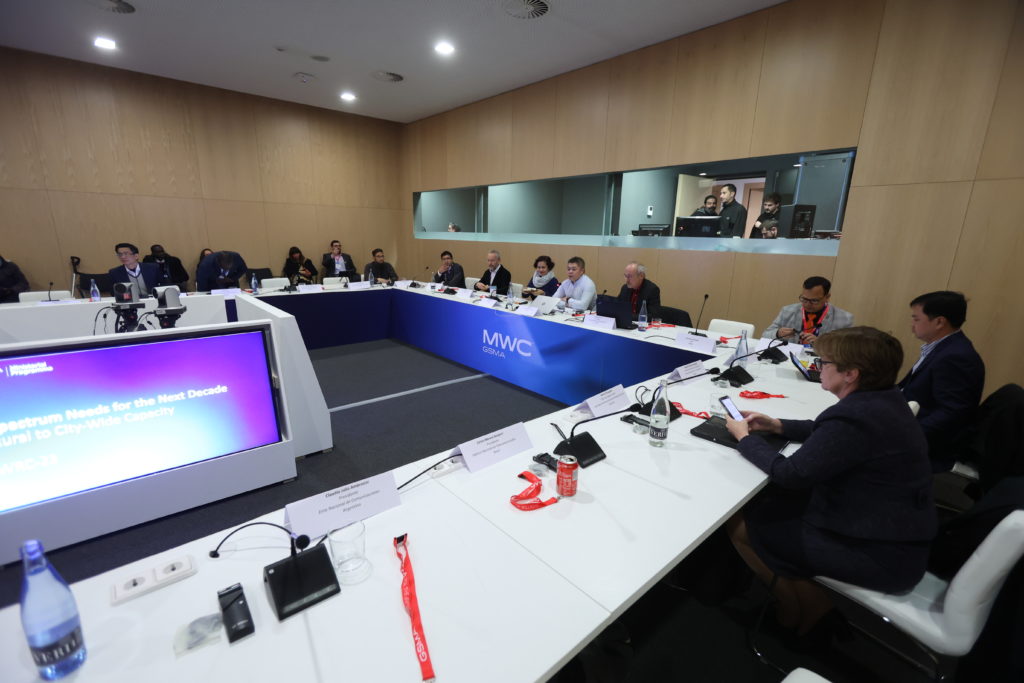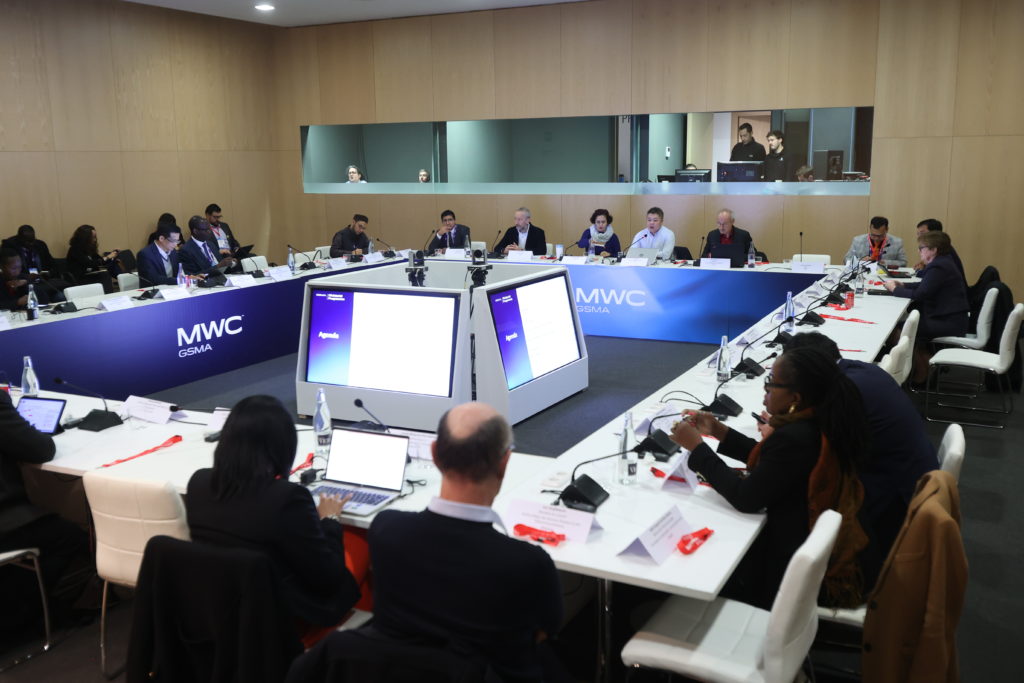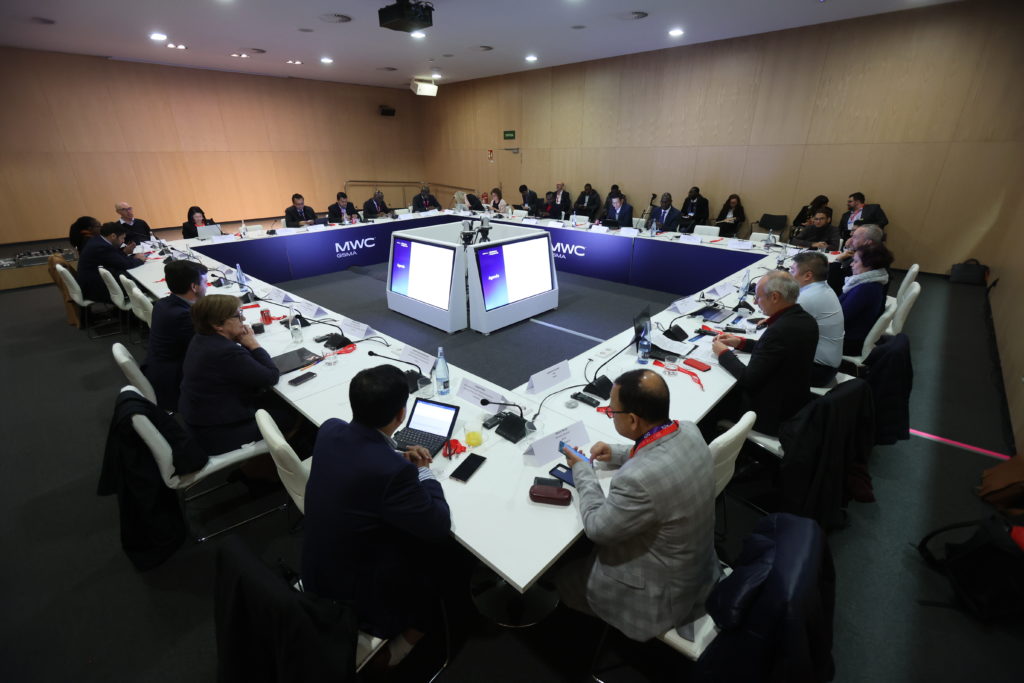At the GSMA Ministerial Programme, a vision was laid out of how spectrum policies can help address the digital divide, usher in the 5G era worldwide, and have a positive impact. Across three cross-regional roundtables, the GSMA hosted discussions on how industry, government and international organisations can work together to maximise the impact of spectrum.
Spectrum pricing
The cost of spectrum and how it should be licensed continues to engage policymakers, that was made clear during the “Affordability Starts with Spectrum: How do Pricing and Effective Assignments Impact Connectivity?” roundtable.
It showed a growing understanding of the importance of affordable spectrum, with countries taking a fresh look at pricing. Recent positive practices were highlighted, including Panama which made 120 MHz of spectrum available to the mobile industry last year at a third of the price set in previous auctions.
There is concrete evidence that high spectrum prices reduce the speed of network deployments, the quality of services and their affordability: critical factors in achieving digital inclusion. Spectrum assignments that seek to increase socio-economic benefits lead to higher benefits than those which prioritise license fee incomes.
Opensignal, which specialises in measuring network performance, showed analysis of how the amount of licensed spectrum relates to the quality of mobile users’ experience. It concluded that greater spectrum availability improves many aspects of the mobile experience – globally, more spectrum capacity boosts users’ average speeds for 4G and 5G.
Spectrum and sustainability
The “Spectrum Management towards Sustainability Goals” roundtable centred upon debate of how spectrum management can impact the health of our planet. Just like the amount of spectrum licensed impacts speeds and coverage, it also affects carbon emissions.
The GSMA gave a preview of an upcoming report on this topic. The new analysis shows the impact of negative spectrum policies:
- Late 5G assignments result in reliance on older mobile generations with higher energy consumption and carbon emissions.
- Restricted spectrum availability means mobile operators must rely on more base stations to keep up with demand. That, in turn, leads to higher carbon emissions.
- Lack of Technology Neutrality decreases energy efficiency and spectral efficiency improvements, leading to higher carbon emissions.
WRC-23 and spectrum for growth
For the final roundtable, “Spectrum Needs for the Next Decade: Rural to City-Wide Capacity,” industry and policymakers met to discuss the role of World Radiocommunication Conference 2023 (WRC-23).
For the mobile sector, WRC-23 decisions can deliver connectivity for the benefit of billions irrespective of where they live and work. The main themes during the workshop were how WRC-23 results can translate into meaningful connectivity to all and lower the usage gap. The impacts of low- and mid-band spectrum were also discussed. Governments underlined both bands as an opportunity to address the digital divide and connect the unconnected.
At this year’s Ministerial Programme, we presented our latest report looking at the socio-economic benefits of 5G spectrum. The “Socio-Economic Benefits of 5G: The Importance of Low-Band Spectrum” report emphasises the role and importance of low-band spectrum for 5G coverage and service quality and quantifies the befits. Low bands will account for around $130 billion of (14% of all 5G benefits) in 2030.
Access to mid-band spectrum was the starting point for 5G, and its future depends on how countries manage this resource all over the world. 2 GHz of mid-band spectrum will be needed in the 2025-2030 time frame to ensure sustainable 5G growth. The debate showed that regulators are very much aware of the importance of mid-bands, and are all looking for ways to make more available for mobile connectivity.
The two prime candidates highlighted were the 3.5 GHz and 6 GHz, which are both on the agenda for WRC-23. Harmonising the 3.5 GHz range has been a long journey, and WRC-23 offers another opportunity. And without 6 GHz, meeting demand will be very challenging.
Finally, we would like to thank everyone who spoke and attended our roundtables. Below you can find presentations from all three and our latest reports.
Download resources:
- Roundtable Slides | Affordability Starts with Spectrum: How do Pricing and Effective Assignments Impact Connectivity?
- Roundtable Slides | Spectrum Management towards Sustainability Goals
- Roundtable Slides | Spectrum Needs for the Next Decade: Rural to City-Wide Capacity
- Report | Socio-economic Benefits of Low-Band 5G Spectrum
- Report | Impact of Spectrum Set-Asides on 5G


